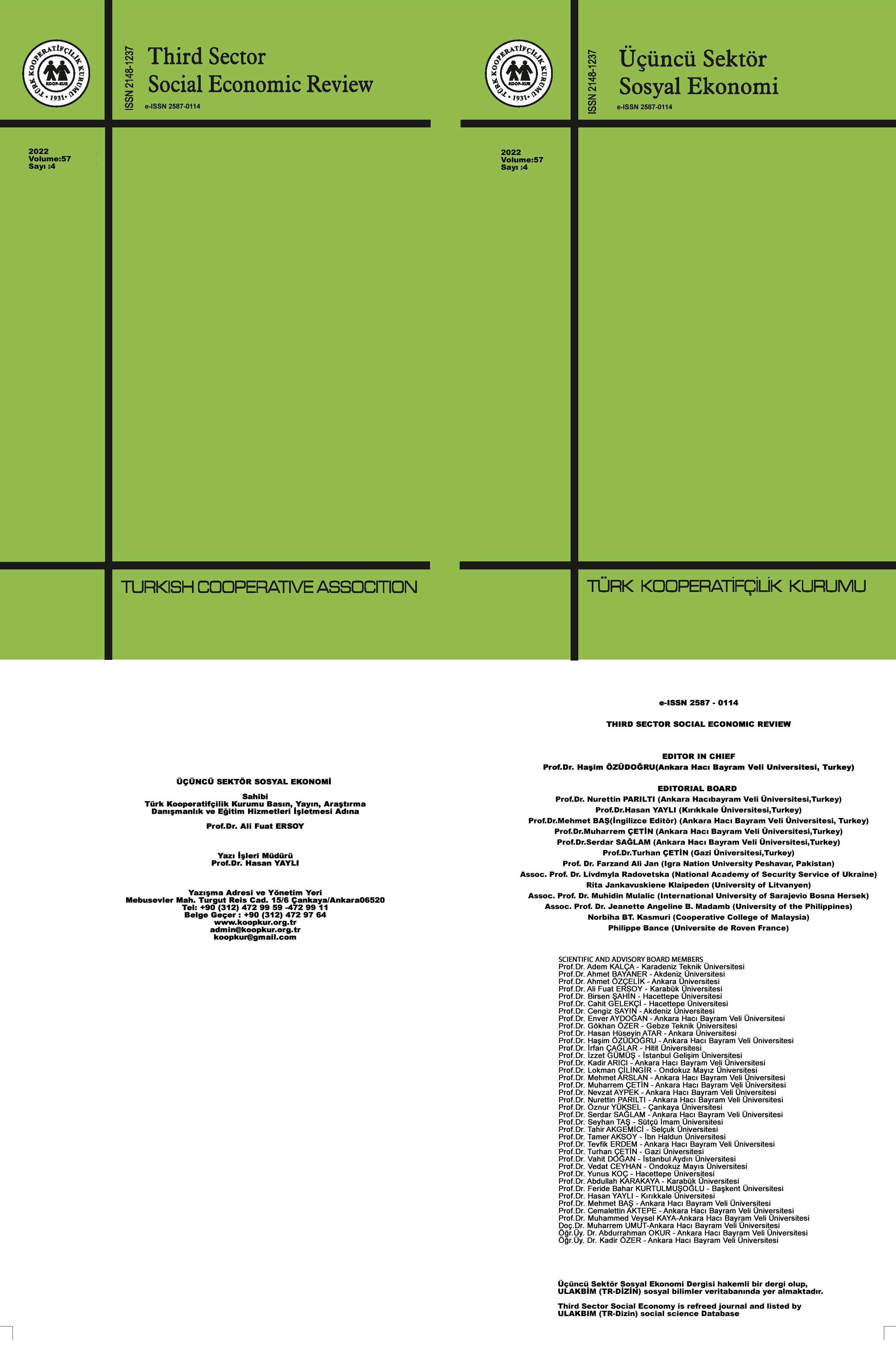IMAM HATIP SCHOOLS AS A SEEKING FOR IDENTITY AND GENERATION BETWEEN TRADITION AND MODERNITY
DOI:
https://doi.org/10.15659/3.sektor-sosyal-ekonomi.22.11.1992Keywords:
Tradition, Modernity, Identity, Education, ReligionAbstract
Imam hatip high schools are a new form of religious education tradition. It is an example of the need and understanding of religious education and worldly education in the modern era. According to the Law of Tevhid-i Tedrisat, imam hatip schools were originally established to train civil servants to meet these practical needs of society in the context of daily religious services.
Imam hatip schools have gained a meaning beyond being an educational institution because they correspond to the religious education and practical religious needs of a significant part of the people. Those who protect these schools do not only meet the needs of imams and preachers with imam hatip schools; At the same time, they wanted a modern generation that is in a harmony with their national beliefs and values. Imam preachers were seen as the answer to the search for a new generation that stood out as ""Asım's Generation"" in Mehmet Akif, ""Great Eastern Generation"" in Necip Fazıl, and ""Resurrection Generation"" in Sezai Karakoç. These schools were seen as mission schools by those who owned these schools; Every effort and effort towards imam hatip high schools has been defined as a ""litigation"". In a sense, the ""Imam-Hatip case"" was perceived as a case of Turkey's return to its essence, belief, values, history, and identity. Going to imam hatip school also gives students an identity.







